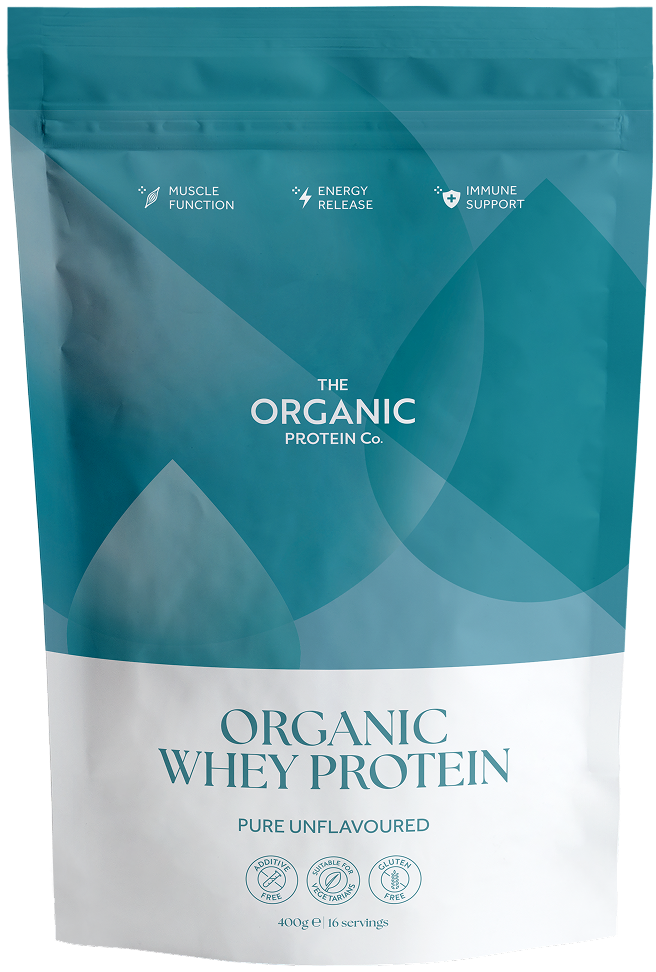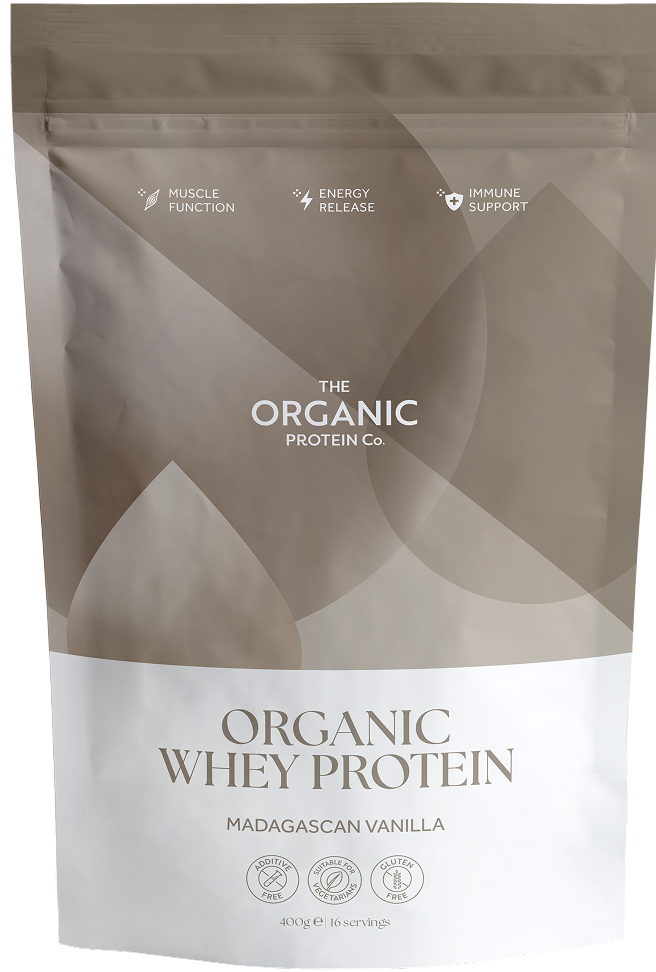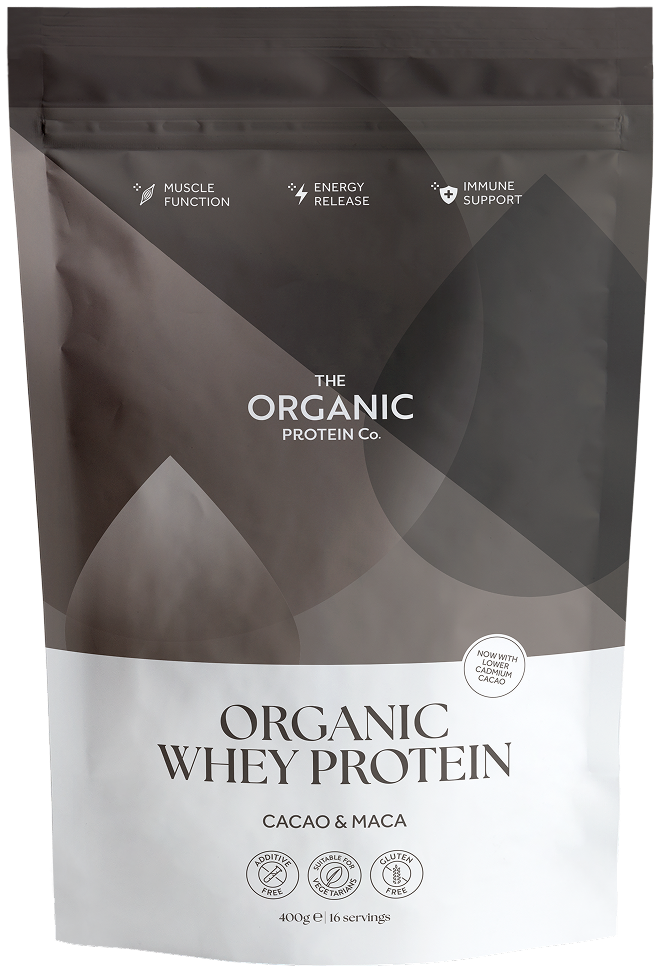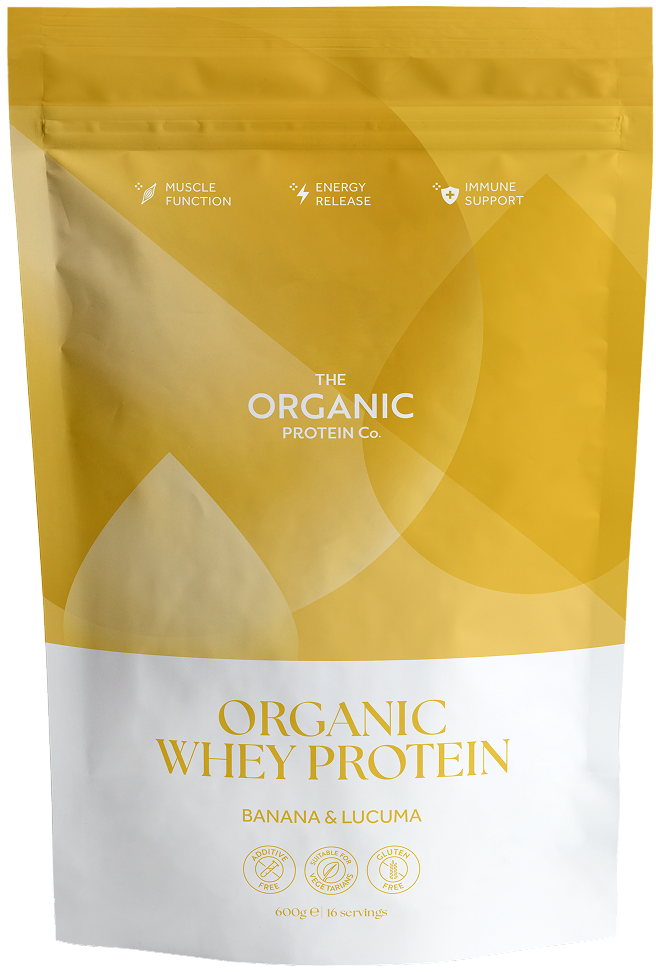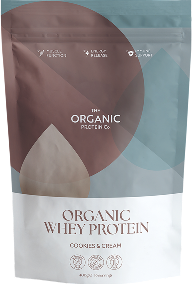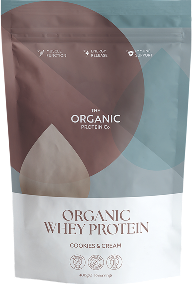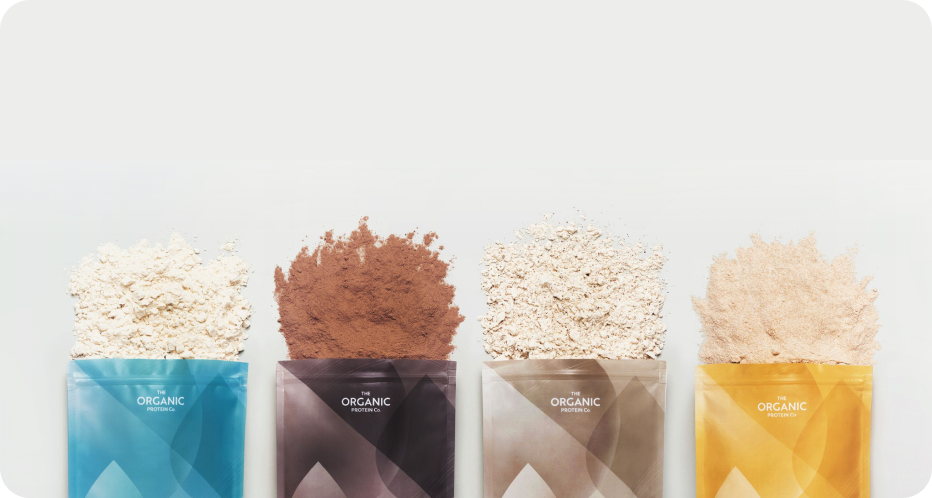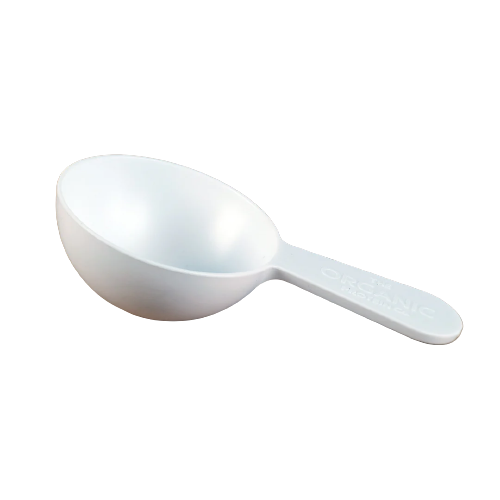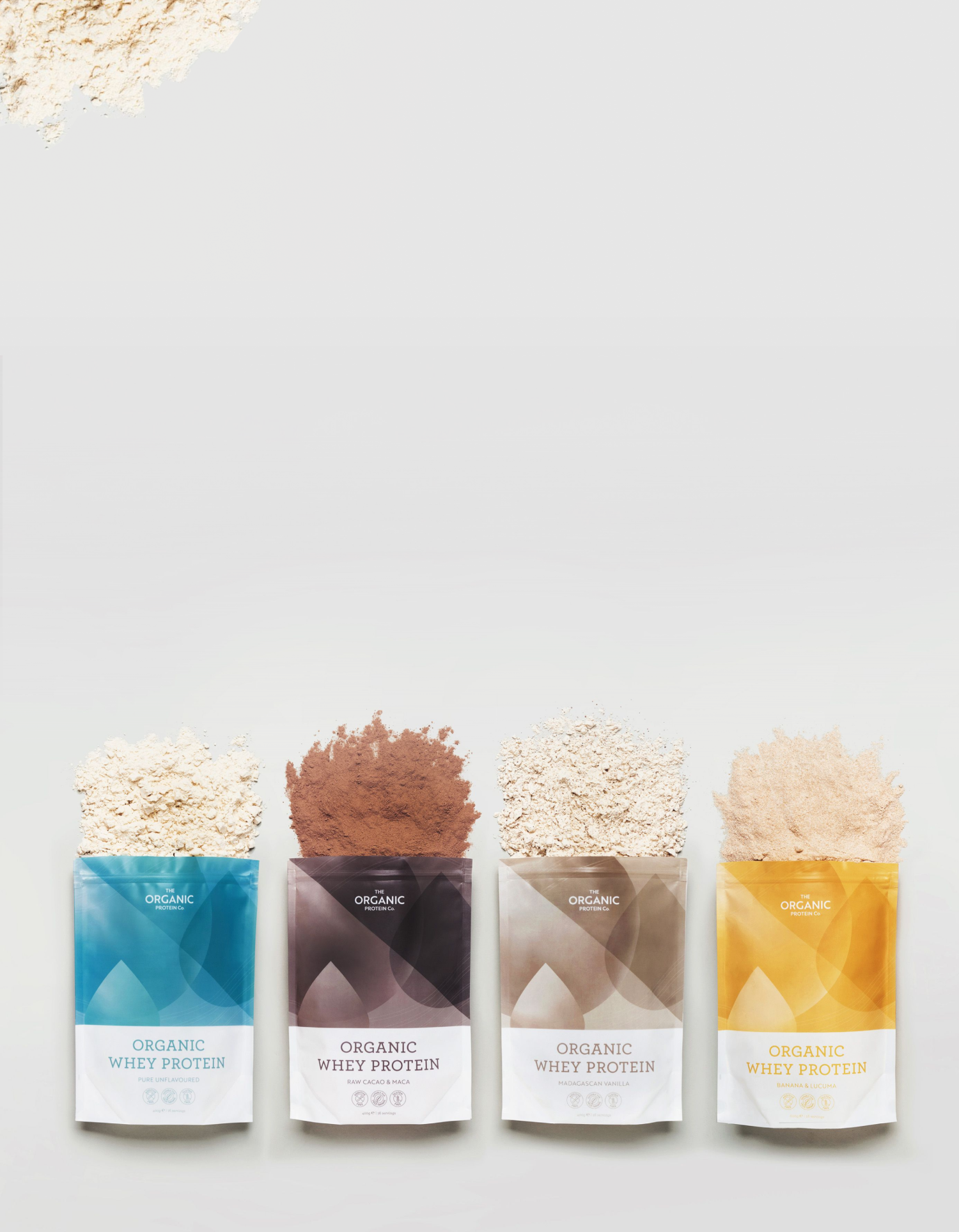Most people assume protein powder is just protein–but the reality is more complex. While the protein itself may be high quality, what else comes along for the ride depends heavily on how it’s processed, packaged, and tested. Two of the most concerning contaminants are BPA and melamine – both synthetic chemicals that can end up in protein powder through poor packaging or adulteration.
In this article, we’ll explain what BPA and melamine are, how they end up in protein supplements, and what to look for if you want to avoid them.
What Is BPA and Why Does It Matter?
Bisphenol A (BPA) is a chemical used to harden certain plastics and epoxy resins. It’s commonly found in:
Plastic containers
Food can linings
Water bottles
Packaging lids
When protein powders are stored in plastic tubs or pouches, especially in warm conditions, BPA can leach into the product over time. Once ingested, BPA can mimic estrogen in the body, potentially disrupting hormonal balance and affecting reproductive, neurological, and immune systems. (1)
According to the European Food Safety Authority (EFSA), dietary BPA intake should not exceed 4 micrograms per kilogram of body weight per day (and some countries recommend far lower).
What are the health impacts of BPA?
Hormonal disruption: BPA is known to interfere with hormone regulation, potentially causing reproductive issues and other hormonal imbalances. (1)
Long-term risks:Studies have linked BPA exposure to metabolic problems, developmental concerns, and other health effects. (2,3,4)

What Is Melamine?
Melamine is a nitrogen-rich industrial chemical used to make plastics, adhesives, and flame retardants. It has no business being in food–but because standard protein quality tests measure nitrogen levels, unscrupulous suppliers have added melamine to low-quality protein products to falsely inflate protein content.
This practice first gained international attention in 2008, when melamine-adulterated milk powder caused over 300,000 illnesses and several deaths in China. It was later found in infant formula, pet food, and in protein powders.
Even in small amounts, melamine can be dangerous–particularly when combined with other compounds like cyanuric acid, leading to kidney damage or failure.
What Are the Health Impacts of Melamine?
Animal studies looking at melamine exposure have highlighted the following health concerns. (5)
Kidney damage:Melamine ingestion was associated with kidney stones, kidney failure, and other urinary tract problems.
Toxicity: Long-term exposure was linked to chronic health issues, such as bladder cancer, particularly for those consuming contaminated products regularly.

How Much BPA and Melamine Is Considered Safe?
Contaminant |
Safety Guideline (per EFSA / WHO) |
BPA |
≤ .2 nanograms (ng) per kg of body weight per day (6) |
Melamine |
Tolerable Daily Intake: 0.2 mg/kg body weight/day (7) |
Note: These levels assume short-term exposure. Repeated daily intake is a bigger concern with protein powder users, especially if consumed post-exercise when absorption is highest.
How Do Contaminants End Up in Protein Powder?
Contaminants like BPA and melamine enter the supply chain through:
Packaging (e.g. non-food-grade plastic tubs or pouches)
Sourcing from low-quality suppliers
Deliberate adulteration (e.g. spiking with melamine to boost protein score)
Lack of third-party testing
Poor manufacturing or storage controls
This makes it incredibly important to choose a transparent brand—one that tests its products and shares its sourcing and packaging practices openly.

How to Choose a BPA-Free, Contaminant-Tested Protein Powder
If you're concerned about what’s really in your protein, here’s what to look for:
BPA-free packaging (ideally recyclable or food-safe HDPE or PET)
Third-party lab testing for contaminants (including heavy metals and melamine)
Certified organic sources (less likely to come from adulterated supply chains)
Transparent sourcing –look for brands that say where their whey comes from
Low-temperature processing that avoids plastic leaching risks
We’ve had our packaging tested for BPA by an independent laboratory. You can view our BPA test results here.

FAQs
Is BPA in protein powder dangerous?
BPA has been shown to disrupt hormonal function at low levels, and is best avoided–especially in daily-use supplements like protein powder.
Why would melamine be in protein powder?
In very rare cases, melamine has been added to inflate the protein score in low-quality powders. This is more common in unregulated markets
How do I know if a protein powder is BPA-free?
Look for brands that test their packaging for BPA and share their results publicly. Avoid protein tubs that use thin, flexible plastic liners.
Does organic whey guarantee it's contaminant-free?
Organic sourcing reduces risk–but not all organic protein powders are third-party tested. Look for both.

